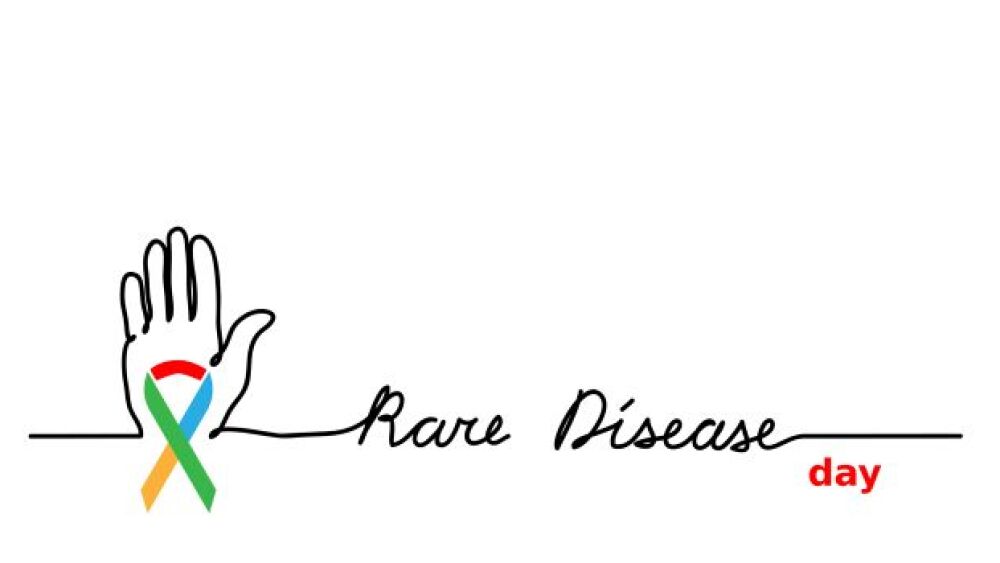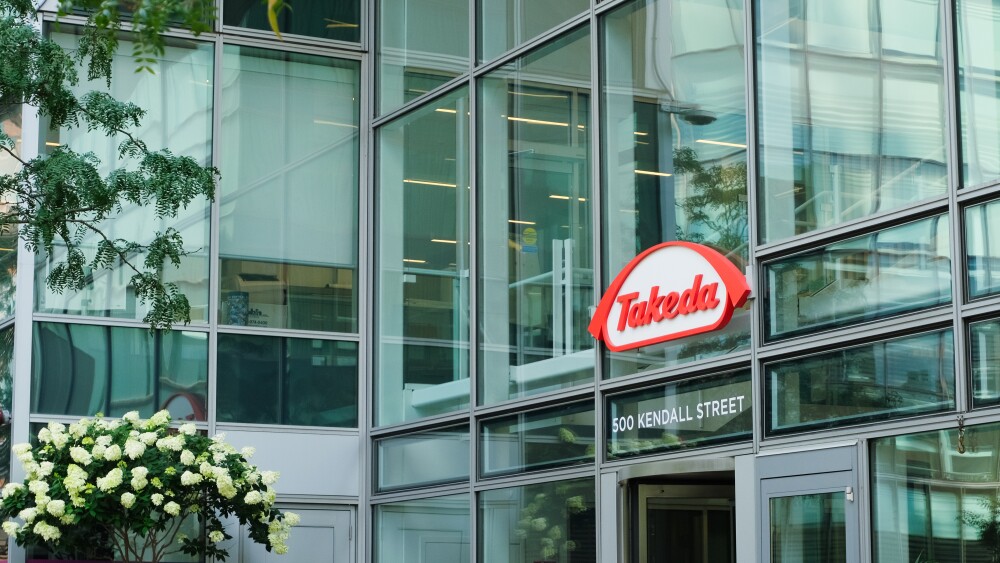Healx brings the power of artifical intelligence (AI) to rare disease research with an ultimate focus on improving patient outcomes.
February 28 was Rare Disease Day, a movement intentionally scheduled on the rarest day of the year to raise international awareness surrounding rare diseases.
Healx, a U.K.-based biotech company, brings the power of artificial intelligence (AI) to rare disease research with an ultimate focus on improving patient outcomes.
In 2014, founders Dr. Tim Guilliams and Dr. David Brown recognized an unmet need in the rare disease space when they met Nick Sireau, a parent of children with a rare genetic disorder. “We have a mission of driving therapies to rare diseases through artificial intelligence and machine learning,” Dr. Bruce Bloom, chief collaboration officer at Healx, said during an interview with BioSpace.
Healx utilizes an AI platform called Healnet to sort through a wide range of disease data and make meaningful connections. “Probably the most unique feature of Healnet is the massive amount of rare disease information it can process. Our knowledge graph is the world’s most comprehensive rare disease database,” Bloom said.
The technology uses natural language processing to sort through biomedical literature, biological disease data, and other available input to predict novel relationships between rare diseases and existing drugs.
Bloom noted that one of the most remarkable features of Healnet is the novel connections it’s able to draw. “Humans don’t have the time or expertise to make these connections, but a computer can. It travels through all of the disease data and makes nonlinear connections that travel all the way down to a drug. Some of the evidence isn’t obvious.”
“Healnet crawled through hundreds of millions of pieces of data to find connections related to Fragile X syndrome,” Bloom continued. The genetic disorder can cause mild to severe symptoms related to learning disabilities and developmental delays. “Healnet can accomplish in a period of days what would take hundreds of thousands of people hundreds of thousands of days to do.”
In November 2021, Healx received Investigational New Drug (IND) approval from the U.S. Food and Drug Administration for a Phase IIa clinical study related to Fragile X syndrome.
“Fragile X is our first set of predictions that have been validated to the extent that we have IND approval from the FDA. We are hoping to look at how the monotherapies do, as well as investigate the strong likelihood of synergy between existing drugs. We can test combinations of two or three drugs on our patient population,” Bloom shared. “A disease like this has so many implications for those who suffer from it. Our combinations of drugs may provide better therapeutic value for patients and loved ones.”
Healx works with FRAXA, a non-profit focused on Fragile X syndrome. “FRAXA approached Healx a few years ago with both patient data and significant knowledge of the disease. We knew that there was more information out there to explore,” he said.
The companies combined their knowledge of the rare syndrome to work together on a drug matching project. “Mike Tranfaglia, the CEO of FRAXA, and his team have been involved at each step. We worked closely with them, relying on their knowledge of the disease as well as which symptoms are important to patients and caregivers.” Tranfaglia, a physician, and his wife founded the company in 1994 after their son was diagnosed with Fragile X syndrome.
“I have a long history of working in this space, as well,” Bloom said. “I have a family member with Fragile X. We’re all so excited about the fact that there are two to three drugs that may make a difference.”
With Healnet, Healx hopes to continue advancing treatments for other rare diseases. “The great thing about Healnet is that when we run it for one disease, we actually run it for all diseases. It’s making connections between data points so that we have the capacity to quickly move to other diseases.”
There are currently 20 internal diseases in the company’s pipeline. “Our goal is to continue to develop the technology so that it’s scalable, allowing it to do what humans do. We hope it can help with validation and pre-clinical knowledge in order to identify the patients that are most likely to benefit from the therapies,” Bloom said.
The company will also use its developing technology to predict compound therapies. “We can use a combination of drugs that work for one disease to reverse-search which other diseases it may impact. For example, if we find a combination of two lower-dose drugs that work for cognition and anxiety in Fragile X syndrome, we can search for other neurodevelopmental diseases the combination may impact. We hope the scaled technology will impact more people.”
Bloom imparted that Healx’s mission is patient-focused. “One of the things we talk about every day at Healx is how mission-driven we are. When I think of what Healx stands for, I think about how our work is done to help patients.”





